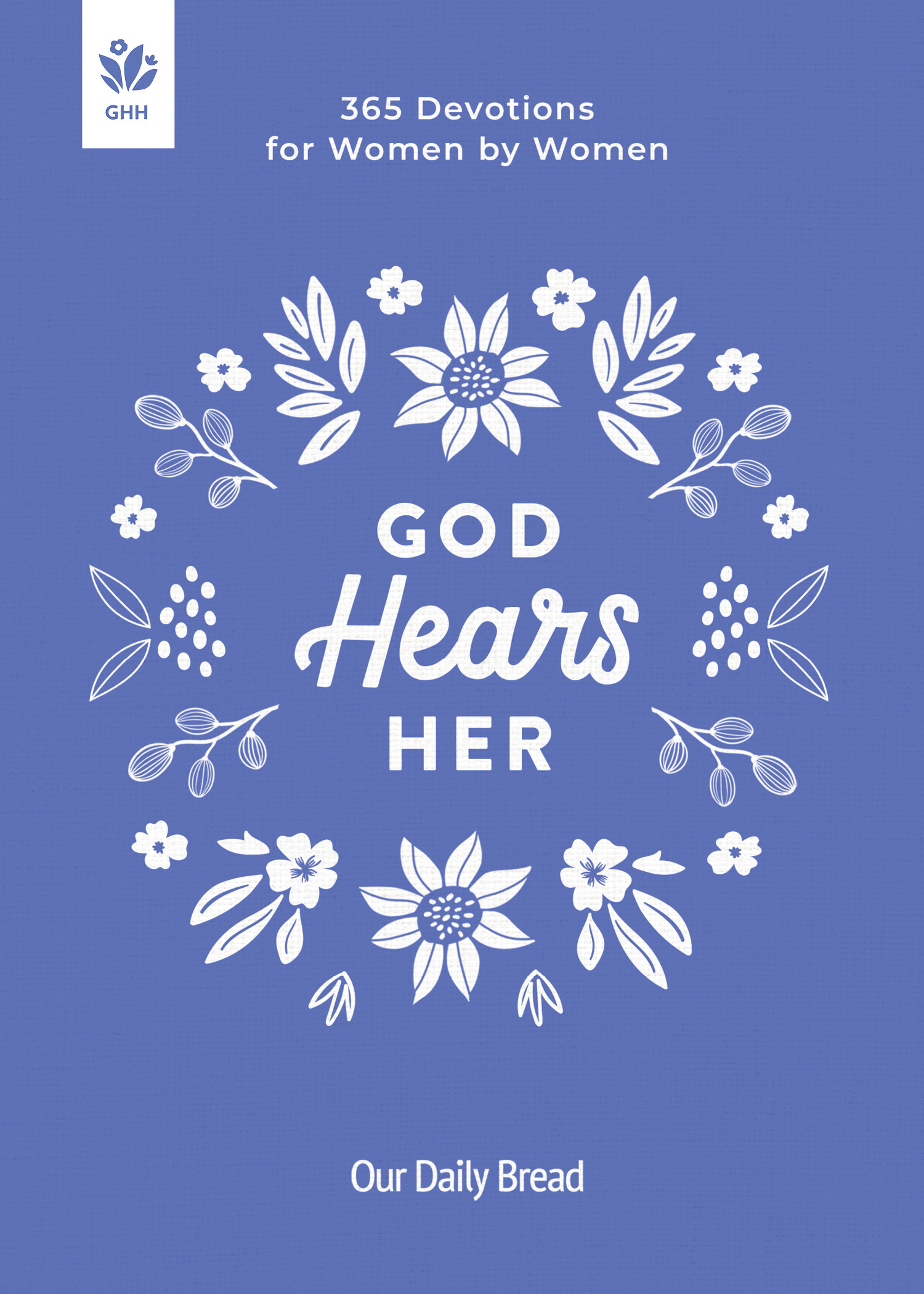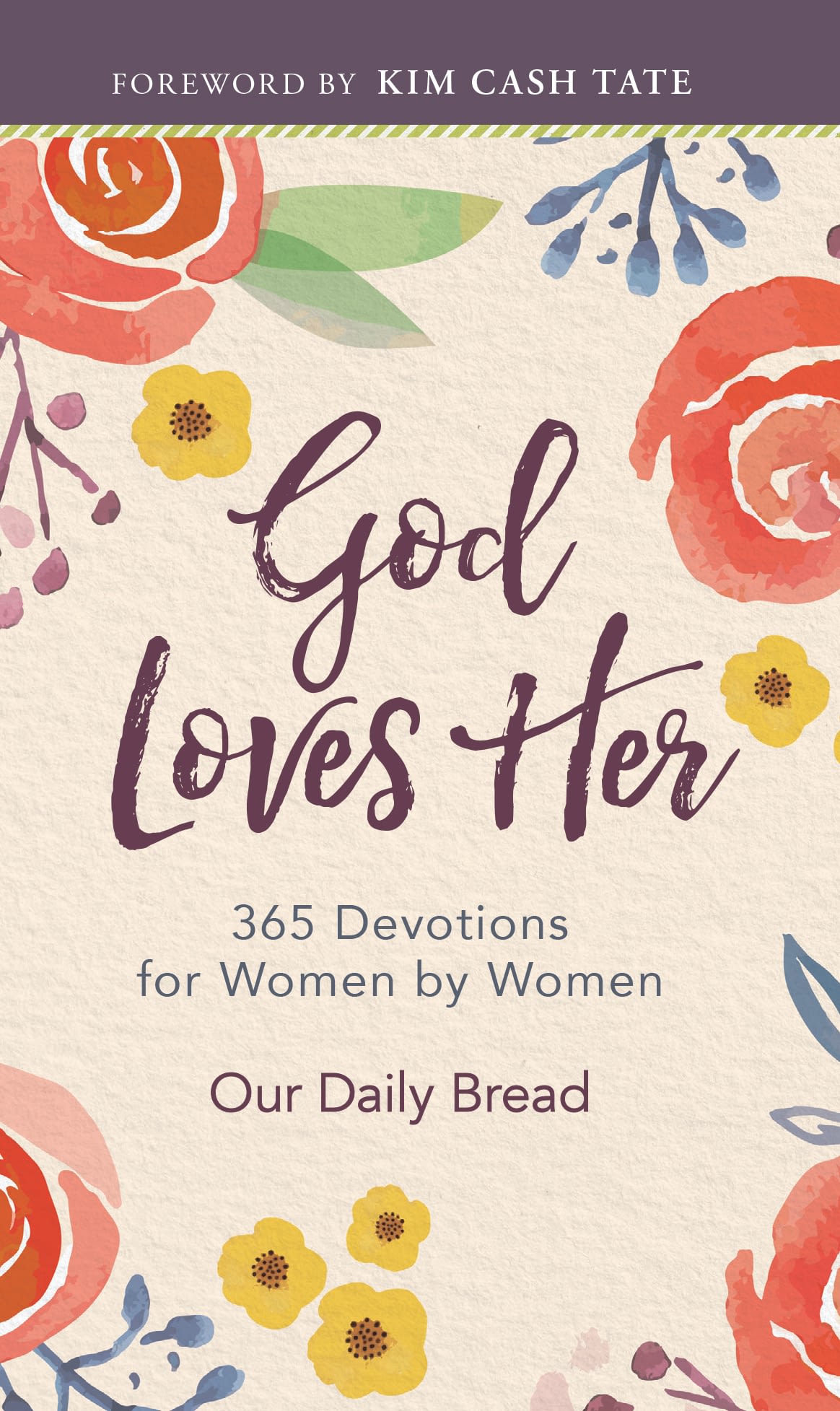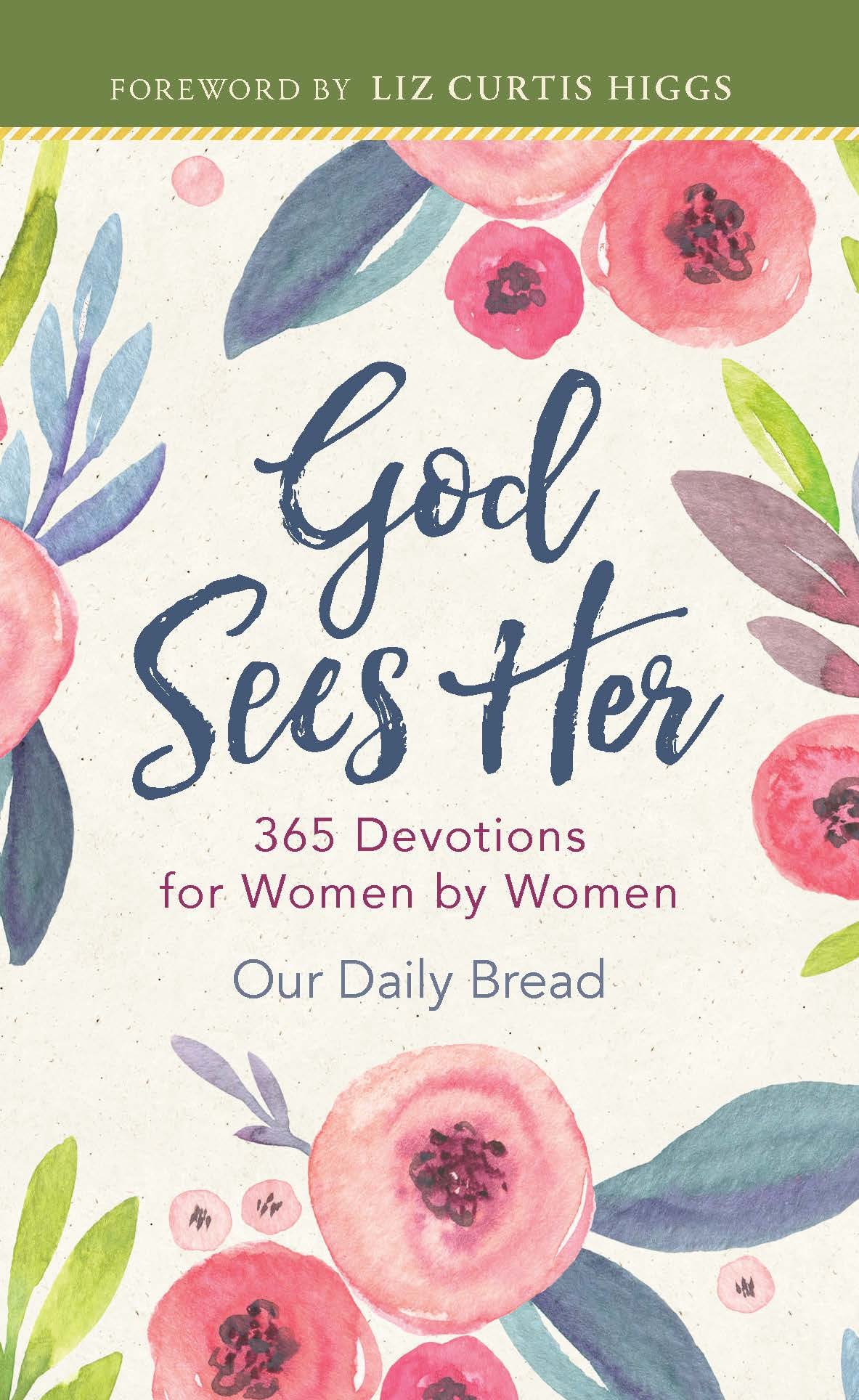Telling stories and writing poetry has always felt like a calling to me, but early on, I didn’t find myself surrounded by very many other creatives. Then, in my mid-twenties, I began a career in arts administration, and a whole new world opened up to me. I found myself surrounded by a community of people who cared as much as I did about the music of language, plot development, and proper semicolon use.
What joy! What delight!
That community of writers fueled my drive to keep practicing my craft. I wrote poems and essays and shared them with friends and family; some of what I wrote got published.
But many of the stories I shared didn’t have anything to do with God. They weren’t overtly religious, and while I loved to write those poems and shape those essays, part of me worried—was I failing my Christian witness?
I worried a lot about that back then. I worried that if I didn’t seize every opportunity as a creative person to express my faith through my art in explicit ways, Jesus would shake his head sadly, tsking my vain efforts to create beautiful things without once mentioning his sacrifice, the cross, or a pertinent Bible verse. Sometimes I’d slip a little something in just to cover my bases—a quick and not-so-subtle reference to a verse in Romans, say—but my irreligious mentors would circle it in red ink and call it didactic.
I googled “didactic” and then deleted the verse.
After seven years serving in that role, I moved out of the arts and into a business school marketing department. I loved my new job, but there was a downside to my move. Not only was I divorced from my community of artists and writers, I was at a secular university. Although I was confident in my abilities to tell compelling stories and do my job well, I felt adrift and insecure. Was it possible to pursue my calling as a writer, still, separated from a writing community? And what about that image of disappointed Jesus I had in my head? Where did he factor in all of this?
Like many lovers of language, I began seeking out words of wisdom from other writers throughout the ages to see if I could crack the code of creativity. What were the oughts and ought nots of being a Christian writer, or a writer who also happened to be a Christian? Was art only good if it glorified God? And what did it mean to glorify God with your art anyway? Did I have to mention Jesus in order for what I said and did to matter?
Seeking Words of Wisdom from Other Creatives
I found solace in several voices during that season, but the words of Madeleine L’Engle in Walking on Water: Reflections on Faith and Art were especially needed.
“Perhaps the reason I shuddered at the idea of writing something about ‘Christian art’ is that to paint a picture or to write a story or to compose a song is an incarnational activity. The artist is a servant who is willing to be a birth-giver,” writes L’Engle. Later, she continues, “Basically there can be no categories such as ‘religious’ art and ‘secular’ art because all true art is incarnational, and therefore ‘religious.’”
All true art is incarnational. Isn’t that beautiful? As artists, we have the opportunity to put flesh on something that didn’t exist before. Lyrics to a melody that evolved out of our unique human experience, fantasy novels that blossomed from the dreams and discoveries of scientists and our imaginations, sculptures that emerged from blocks of marble after having announced to the sculptor what he might find there . . . all of it came from something or somewhere else and asked to be made new, asked to become part of the fabric of our collective story, the Grand Narrative that God himself is telling.
In his book Art + Faith: A Theology of Making, artist Makoto Fujimura invites us to abandon our “plumbing theology”—theology that seeks to fix what is broken—and pick up a new purpose. He reminds us that Jesus is the firstfruits of the New Creation, as described in 1 Corinthians 15:20–23:
“But Christ has indeed been raised from the dead, the firstfruits of those who have fallen asleep. . . . For as in Adam all die, so in Christ all will be made alive. But each in turn: Christ, the firstfruits; then, when he comes those who belong to him.”
Jesus isn’t the only fruit of the New Creation—he’s the first fruit. That means there are more fruits to come. God invites us to be co-creators of the New Creation, harvesting more and more and more fruits after that first fruit, co-creators of the very kingdom of God on Earth.
Scripture itself begins and ends with creation. In Genesis, we first learn how we are created in the image of God, who is the ultimate Creator, and in that image and likeness, we’re given the ability to tell stories, to make meaning, to seek purpose, to discover the many complex layers of the universe God created, and to invite others under the veil of the ordinary to see what is sacred all around us, God’s presence woven into the fabric of his creation.
Then, right at the end of Revelation, we’re given a vision of a renewed creation, when God will dwell with his people, “He who was seated on the throne said, ‘I am making everything new!’ Then he said, ‘Write this down, for these words are trustworthy and true’” (Revelation 21:5).
Fujimura puts it a bit more eloquently than I can. “When we make, we invite the abundance of God’s world into the reality of scarcity all about us,” he writes. “Think of God’s Kingdom, coming as a heavenly invasion into the ordinary, an infinite abundance injected into our scarcity-marked world.”
That is what I’m after in my creative work. Through each poem or essay, chapter or song, I want to pull back the veil of the ordinary to show off all the abundance of God’s kingdom, right here, right now. I want to offer, as Madeleine L’Engle puts it, “an open window through which we can be given a new glimpse of the love of God.”
All Creativity Can Be Sacred
Creativity is holy work, or at least it can be, if we approach it with love and invite that same Spirit that conceived every quark in the universe to accompany us along our mission to say, sing, tell, make, or do something real, true, good, and beautiful.
In this way, all creativity can be sacred—from selecting spices to enhance the flavor of a dish to picking paint colors for a daughter’s bedroom. It is sacred because it is incarnated with spirit and truth, beauty and love, the stuff all good things are made from.
Let’s just tack on “with love” to the end and then it’ll be there: God, glistening in grit and sweat and tears, whirling and laughing with delight, cracking open a murky window into the Really Real.
Thanks to these and so many other teachers, I learned I could be set free to live and create out of the abundance around me, whether I was being paid to work in the arts or working in the early morning hours and dying evening light, for the sheer joy of it. Because entering into the work of creating, in any form or fashion, with or without the specific articulated image of Jesus in it, can be sacred.
—Written by Sarah Wells. Used by permission from the author.






